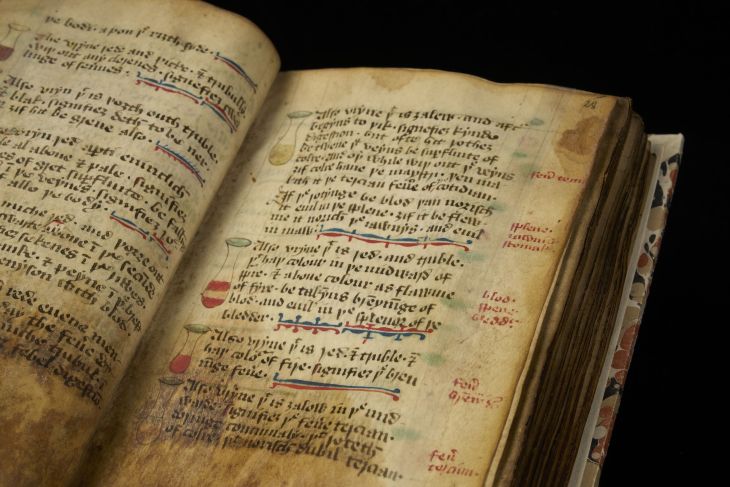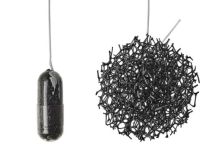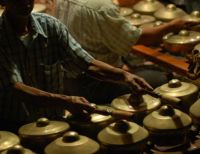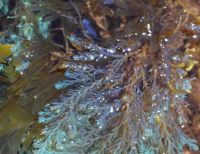The manuscripts include recipe compilations and medical texts, but also scientific, alchemical, legal, literary, liturgical and devotional books, illustrating the many different routes by which medical knowledge of this kind was recorded, shared and transmitted during the medieval period.
Most of the manuscripts date to the 14th or 15th centuries, with some examples from earlier centuries, the oldest being a thousand years old. They include richly illuminated manuscripts, academic treatises with elaborate medical diagrams, and simple pocket-books designed to be carried around and perhaps made by medical practitioners themselves.
A substantial number are in centuries-old bindings, with some in need of urgent conservation before digitisation can begin.
A 14th-century compilation of medical texts in a 16th-century binding of blind-tooled leather over wooden boards
A surviving medieval binding in need of conservation
The recipes typically comprise a short series of simple instructions, just like in a modern-day prescription or cookery book.
In these texts, we find many common or garden ingredients that we would know today - but also some more curious or questionable components, in particular those deriving from animals.
One treatment for gout involves stuffing a puppy with snails and sage and roasting him over a fire: the rendered fat was then used to make a salve. Another proposes salting an owl and baking it until it can be ground into a powder, mixing it with boar’s grease to make a salve, and likewise rubbing it onto the sufferer’s body.
To treat cataracts – described as a ‘web in the eye’ – one recipe recommends taking the gall bladder of a hare and some honey, mixing them together and then applying it to the eye with a feather over the course of three nights.







